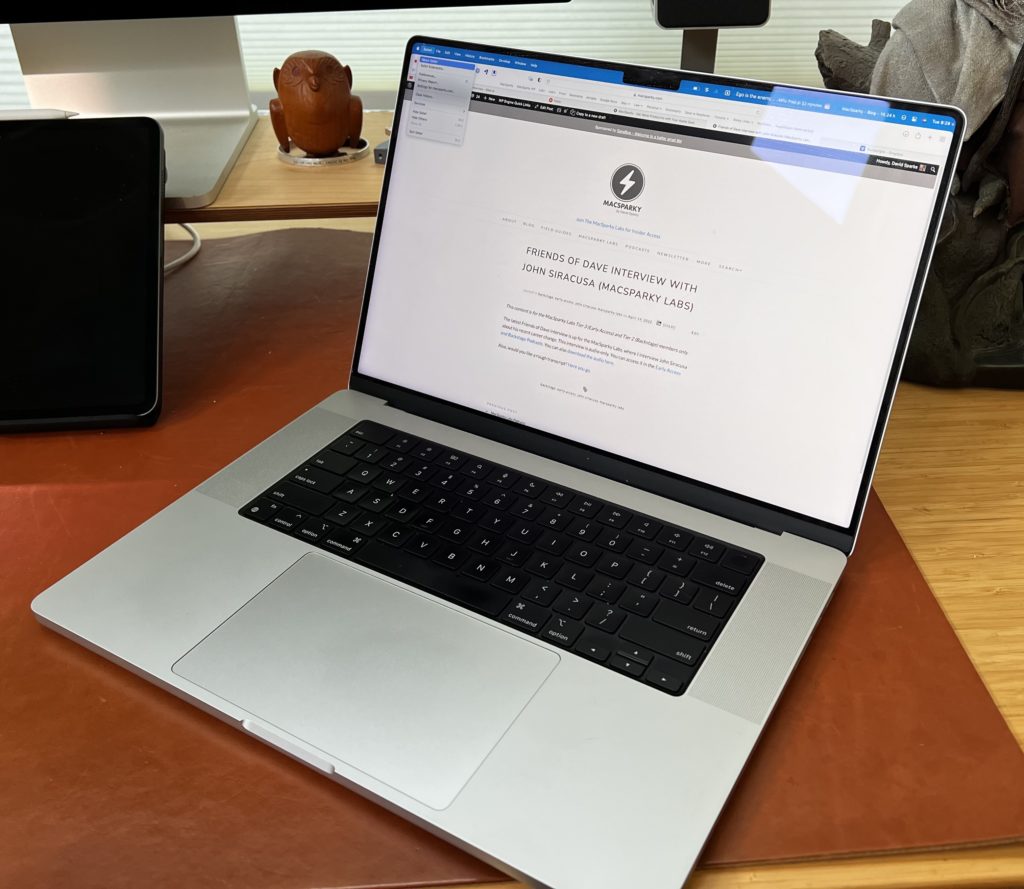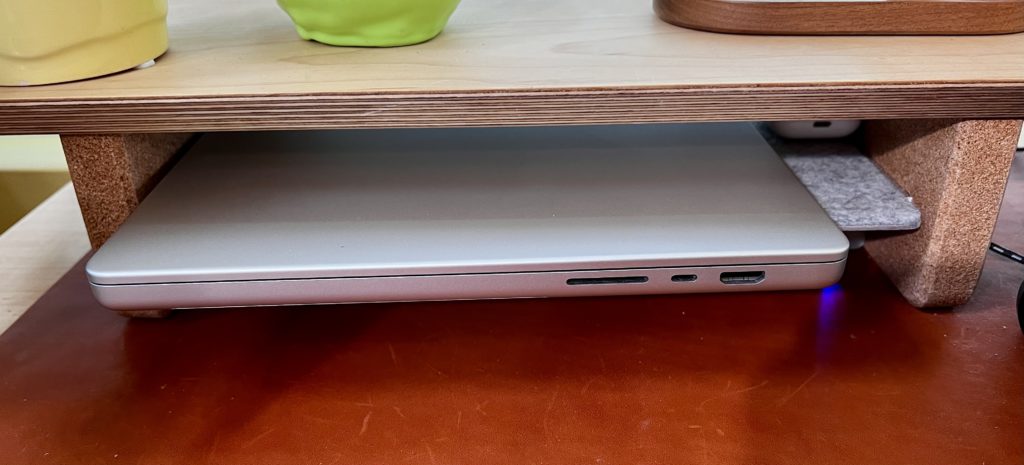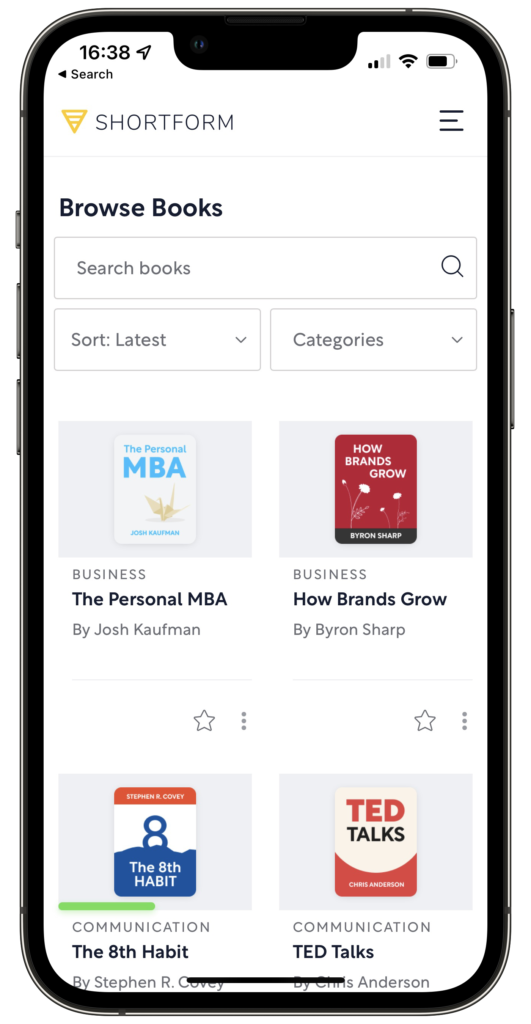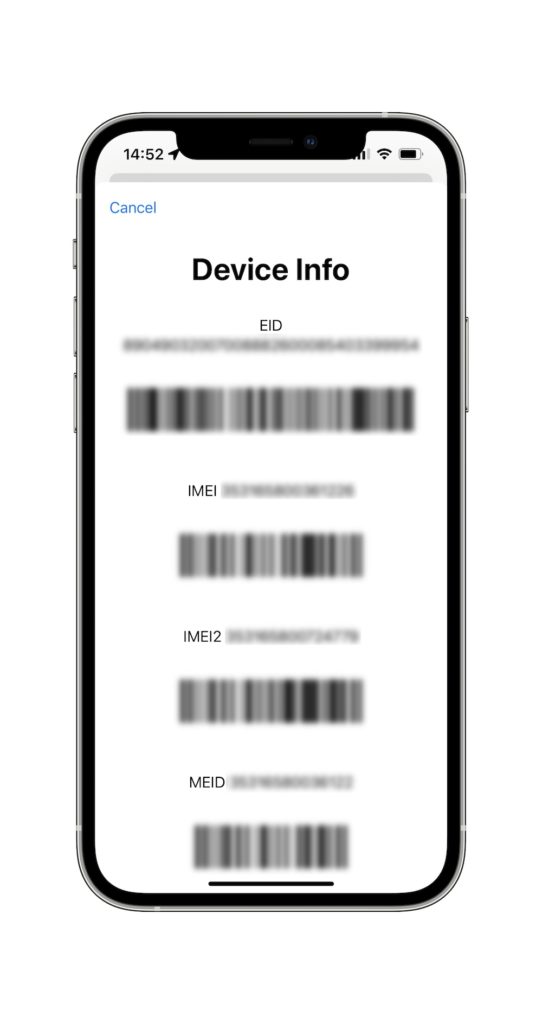I’ve been busy evolving a project management system from inside Obsidian. This system relies upon the use of status folders (instead of tags) and the DataView plugin to auto-sort and display relevant projects. I believe this system could work for all sorts of work but it is, admittedly, still a work in progress. In this video, I walk you through how I’m using it and what I’m up to… This is a post for MacSparky Labs Early Access and Backstage Members only. Care to join? Or perhaps do you need to sign in?
The MacBook Pro Check-In

Now that the dust is settling on the new Mac Studio and we’re waiting for the next penny to drop on the Apple silicon Mac Pro, I wanted to check in on my Apple silicon MacBook Pro, which I’ve now been using for six months.
For most of my years using a Mac, my computer has nearly always felt like a no-compromise machine. That changed for me during the last few years of Intel Macs. For a while, it seemed like every guest interview on the Mac Power Users started with the guest explaining why their Mac no longer had the ports they needed or the keyboard wasn’t working. They were rough times. Many of us nerds began to wonder if Apple was even serious anymore about the Mac.
And then Apple announced Apple silicon Macs. Two years ago Apple proved that they hadn’t lost interest in the Mac. (In hindsight, it feels like they were marking time on the Mac for the years before that as Apple silicon made its way to release.)
The Build
My MacBook Pro is loaded: 16-inch screen, M1 Max chip, 64 GB RAM, 4TB of storage. I overpay for Apple storage, but I always find ways to use it. Indeed, I currently have some storage management work to do.

The port situation is better on this MacBook Pro than on other Apple laptops in the last few years. That said, I still need extra input/output. I bought the CalDigit Elements Hub for this purpose, and it has worked without fail.
I haven’t missed the Touch Bar, and the keyboard works just fine. Isn’t it nice when your laptop’s keyboard barely merits a sentence?
Use Cases
Historically, I’ve been a desktop Mac kind of guy. I like having my machine always on and always able to do bits of work in the background. I also like the contextual nature of knowing, “This is my desk. This is where I work.”
I went with a MacBook Pro because I am currently a technology hobo. I have a desk set up, but it’s in the middle of our home, and sometimes other people would like to enjoy our home. So in those cases I have a foldable desk upstairs where I can alternatively work (and record). For the time being, I need my main machine to be mobile.
This MacBook Pro is perfect for that. I can record screencasts straight onto the laptop with or without an external monitor. All my files are with me no matter where I set up shop. I’d add that the historical problem of connecting a laptop to an external monitor and dealing with the shenanigans required to make sure the monitor sees the laptop, the laptop sees the external drives, and all of that are all nonexistent for me with this laptop and my Apple monitor. It just works.
The screens on the new MacBook Pros are stunning. When I need a change of scenery, even when not recording, I bring the MacBook Pro to the kitchen table or the couch and work from there. Again, I’ve got plenty of screen real estate and all my files on board.
Whenever I’m not actively using the MacBook Pro as a laptop in another room, I keep it plugged into my screen and external drives. That gives me most of the benefits of having a desktop Mac (Hazel and Apple Mail rules in the background, for instance). When at my desk, I keep it on a shelf with the side that has the HDMI, SD Card, and Thunderbolt port pointing out. This gives me easy access to input and output.

Performance
Performance on the M1 Max chip is, unsurprisingly, bananas. These days I’m doing a lot of videos. Video in Final Cut on this thing renders faster than I should be allowed to render video. The same goes for audio and video filters and effects, image processing, and any other processor-intensive work I do.
I’ve owned it for six months, and this thing tears through anything I throw at it. Also, I’ve never heard the fans spin up. I’m sure they have turned on at some point, but I’ve never heard them.
The Front Door Problem
I love everything about my MacBook Pro while using it in my house. The problems, for me, start at the front door. It’s big (it doesn’t fit in my favorite backpack), and it is heavy. Moreover, it costs more than my first car, so every time I take it out the door, I’m worried about damaging, dropping, or losing it. Do I leave my expensive laptop in the hotel room? I have to use a gigantic backpack with it, and on one flight the stewardess made me put it in overhead, where I wondered about it getting crushed.
So I take this MacBook Pro out the front door only when I absolutely must. This means I leave it home when it would be a nice-to-have, and I miss having a Mac on those occasions as well.
While this is a great Mac, its size presents issues with travel. That’s my only complaint. The solution, for me, would be a MacBook Air for trips. I’d still get all my Mac automation goodness without the raw horsepower of the MacBook Pro. If it weren’t for all the rumors of a new MacBook Air looming in the future, I’d probably already have solved the front door problem.
Getting Back the Thread
To be clear, I love this Mac. It’s fast, the screen is beautiful, and it has I/O to spare. The MacBook Pro is awesome again. If you need a powerful Mac that you can move around with, check out the new MacBook Pro.
Tomorrow’s Free Calendar Tricks Webinar
There’s still room in my free webinar tomorrow on Calendar Tricks. If you sign up and can’t make it, you will get a time-limited replay link. I’d love to see you there.
Startup and Shutdown Routines Deep Dive (MacSparky Labs)
Today’s Startup and Shutdown Routines Deep Dive went great. Hopefully, I’ve convinced a few folks to try this powerful technique. Below is the video from the session if you missed it or would like to watch it again… This is a post for MacSparky Labs Early Access Members only. Care to join? Or perhaps do you need to sign in?
Why I Like the Shortform Book Summary Service

There is a growing crop of non-fiction book summary services on the web. I understand that these can be fraught with peril. When you have someone else summarize a thing for you, you’ll never know what they chose to leave out.
I’ve tried a few, and none of them have stuck until recently when I found Shortform. Shortform has several features that I particularly like:
- One-page Summaries – Each book has a one-page summary. I’ll read these to decide if I want to go any deeper. Often one page is enough for me to decide a book isn’t for me.
- Much Longer Summaries – If I get past the one-page summary, the actual Shortform summary is much longer than any other summary service I’ve ever used. The summaries go into greater detail and even cross-reference other summaries in its library. I get a lot of good information from the Shortform summaries. Once I finish a summary, I often know whether I want to go to the next step and read the actual book. This often happens, but not always. In that regard, I think of Shortform as more of a book “filter” service than a book “summary” service.
- The app is good. It makes it easy to read the summaries on iPhone or iPad. You can also access your account directly from the web. It retains your reading position and highlights.
- You can also download the summaries as PDF files (limited to three downloads per week.)
- It integrates with Readwise, so my highlights automatically find their way into my spaced repetition system.
My Shortform subscription recently came up for renewal, and I gladly paid for it. I believe it more than paid for itself in helping me find better books for me and avoid a lot of turds. I contacted Shortform folks and told them I was planning to write about their service, and they gave my readers a discount code if you’re interested.
Shortcut for Device Info on Your iPhone

If you’ve ever needed to get a few details on your iPhone (EID, IMEI, IMEI2, MEID), you can get it in the iPhone’s General > About screen in Settings. There is, however, an easier way. Go to the Phone app, select the Keypad tab, like you are about to dial a call.
Then type * # 0 6 # *
That gets you an easy screen with the applicable numbers and scannable codes. You won’t need this often, but it is handy when you do.
Friends of Dave Interview with John Siracusa (MacSparky Labs)
The latest Friends of Dave interview is up for the MacSparky Labs, where I interview John Siracusa about his recent career change…
This content is for the MacSparky Labs Tier 3 (Early Access) and Tier 2 (Backstage) members only. Care to join? Or perhaps do you need to sign in?
MacSparky Labs Podcasts
I’ve added a new feature to the MacSparky Labs: Podcasts! There are now podcast feeds for each level of membership. If you are a Labs member, you can get a custom feed on your member content page. Enjoy!
The Looming Demise of the iPhone mini
Not long after Apple released the “mini” iPhone 12, the rumor mills began reporting disappointing sales numbers and its predicted demise. The fact that Apple released an iPhone 13 mini was not a stay of execution so much as a testament to the momentum and forward planning of Apple’s product lines. I expect the iPhone 13 mini was too far along not to ship it.
To add more smoke signals to the pending iPhone mini demise, 9to5 Mac recently linked to case schematics that show a new large-sized iPhone 14 but no iPhone 14 mini. So it looks like Apple is choosing to make the alternate size for the entry-level iPhone more like an iPhone Pro Max than an iPhone mini.
If forced between choosing whether to make an iPhone mini or a Max-sized non-pro iPhone, I think the bigger one will be more popular. I have several friends that buy the iPhone Pro Max not because they want its features but because they like its screen size. This will make their phones less expensive going forward.
The part that gets me is that they really shouldn’t be forced to make a decision. Isn’t Apple selling enough iPhones that they could afford to sell small, medium, and large versions of the pro and non-pro phones? You’d think they could make that work, but, for whatever reason, they are choosing not to. If you are a fan of the small-sized iPhones, my advice is to go out and buy an iPhone 13 mini now and plan on holding onto it for a while.
Power User Tips for Managing Spaces (MacSparky Labs)
Apple’s Spaces feature on the Mac can help a lot with Window Management, but Apple doesn’t make it easy. In this video, I share my power user secrets for getting the most from Spaces… This is a post for MacSparky Labs Members only. Care to join? Or perhaps do you need to sign in?
